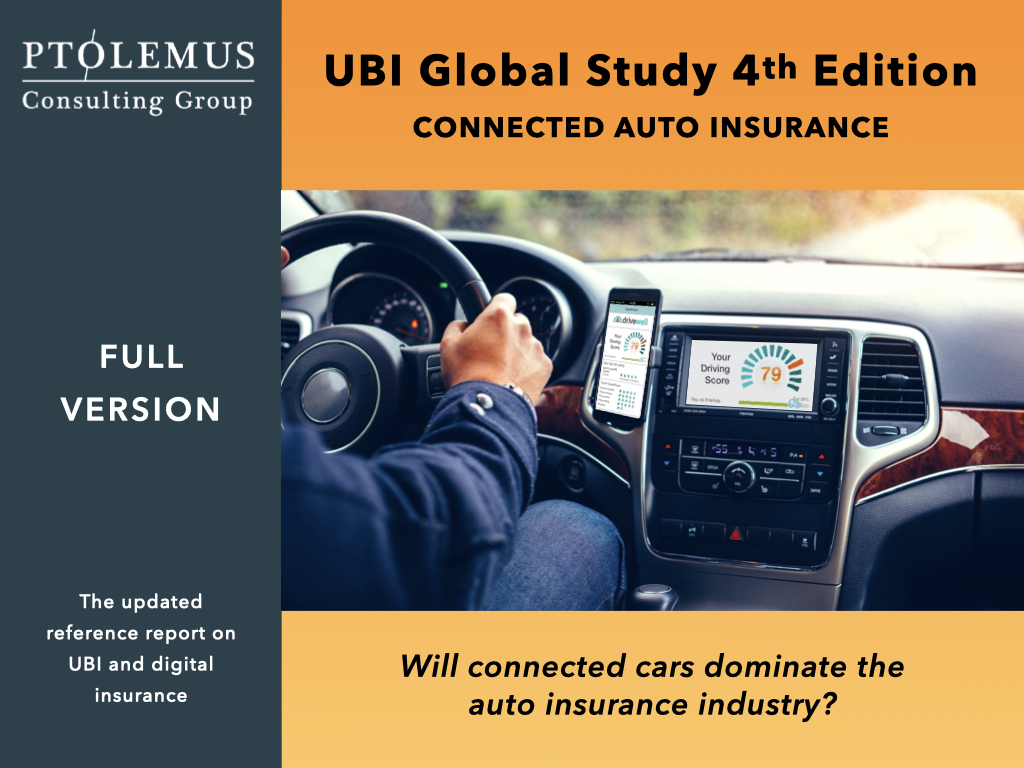Debunking smartphone usage in UBI
Smartphone apps are promising to fill a gap in the UBI market but only few insurance carriers have yet launched UBI services on smartphones. Everybody ask the same usability and reliability questions, so we tried to answer them comprehensively once and for all.
– How do I know who is driving during the six months I am measuring the risk profile?
We can probably all agree that the probability of a teenager forgetting or switching off his smartphone is statistically irrelevant. While the carrier cannot palliate to every possible user case, it has already been demonstrated that we are creatures of habit. Today’s algorithms can already recognise the difference between drivers from precious little amount of time at the wheel.
– Can the app run in the background and start automatically?
Some UBI apps will have the ability to run in the background, but only on Android. It is not possible to do that on iOS, since Apple will not accept any service that collects location data from the user and transfers it in the background. The technical ability exists to have an app start automatically on movement, using it’s accelerometer. Mechanisms also exist to switch off the app automatically when it recognise the right context
– What if the driver cycles, takes the bus or the train?
Today’s apps are already map-matching the journeys, so can immediately recognise a train or cycle ride. CMT, a US Big Data service provider, claims it can differentiate between bus and car rides. The app can also detect whether the driver is using his phone or not, or whether he is texting while driving. These are important risk factors that some insurers are interested in.
– How do I ensure the driver downloads the UBI app? What if he changes phones?
If the policy is based on the driver having the app on, then not using it will be contrary to the contract in place, which might lead to the insurer refusing a claim on that basis. But before going to that extreme, the driver will need to register his name and vehicle on the app so it is straightforward to verify the UBI app has been downloaded.
The driver data will not be lost if he changes phones, because nothing is left on the device itself.
– What happens if the smartphone is left in a handbag or if the car has an athermic windshield (no GPS reception)?
Smartphone apps collect data every second. If some data is missing at some point, it will not make a huge difference overall. Communication, education, reward and sticks will solve that problem most times. On the technical side, most smartphone can get relatively accurate positioning along a road by using Wi-Fi and cell towers, so the lack of GPS is not really a problem.
– What happens if the smartphone is left on the seat and moves around freely?
The algorithm takes that into account and filters the vibrations and movement that cannot be matched to driving.
– What about the difference between hardware components in different phones? How can you ensure your data is valid across all models?
It is down to the service provider to test each and every phones. MyDrive Solution tested its app on 550 phones to ensure the profiling is coherent between each of the phones. The carrier is also responsible for informing the driver if a device is not supported.
– Can the smartphone be used for crash detection?
The smartphone cannot detect crashes, besides the big ones above 7g. Progress is being made rapidly in that domain, but for low speed collisions, it will probably never be used. Right now, crashes cannot be calibrated for smartphones.
– How much data is being used per device per month?
This will vary considerably between services and the technology used. Statefarm “RightLane” app uses an average of 24MB per month. The MotorMate app from MyDrive will only use half a Megabyte per month per user (based on 1,000 miles driven). We expect that the data from forthcoming UBI apps will not be an issue for the drivers, since all smartphones come with big enough data plans.
To learn more about Apps and UBI review our in-depth market research reports on Connected Auto Insurance.

